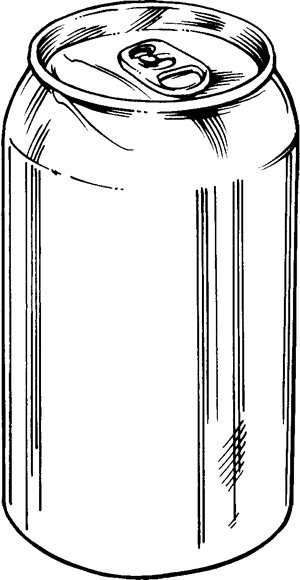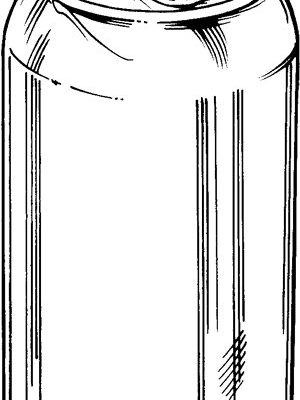
First things first, those numbers and letters flashing on your fridge aren’t just a part of a sci-fi movie prop. They’re important signals. Think of them as your refrigerator’s language, trying to tell you something essential about its current condition. With code E1, your fridge might be waving a little flag, signaling it needs some attention. Ignoring it would be like covering your ears when your car starts making a weird noise—you could do it, but eventually, you might end up with a bigger problem. So, it’s worth investing a bit of time to understand this error code and what it means for you and your kitchen’s invaluable appliance.
What Does GE Refrigerator Error Code E1 Mean?
The first step to addressing any problem is understanding it. The E1 error code in GE refrigerators is often associated with a malfunction in the freezer or compartment temperature sensor. Think of this sensor as the fridge’s version of a thermostat in your home. It keeps an eye on the temperature, ensuring that everything remains at the right chill level. So, when this sensor isn’t working as it should, your fridge can’t do its job properly—keeping your food fresh and safe to eat.
You might be wondering, “Why does this sensor fail?” Well, it could be a result of various factors. Sometimes, it’s just a bit of natural wear and tear, similar to a light bulb burning out after a while. Other times, it could be due to a manufacturing defect or an unexpected power surge that throws your appliance’s internal systems off balance. Regardless of the cause, a faulty temperature sensor can mean that your fridge doesn’t know whether it should be cooling down or holding off. This can lead to your food either being too warm, inviting those unwanted bacteria to join the party, or too cold, freezing items that should remain fresh.
Before you start panicking about spoiled food, here’s the good news: there are ways to address this. It’s like when your smartphone screen freezes—sometimes a quick reset solves everything. Checking the sensor and doing a simple reset on your fridge might resolve your issue. But if the error persists, it might be time to dig a little deeper.
Consequences of Ignoring GE Refrigerator Error Code E1
Ignoring the E1 error code might seem harmless at first. After all, your fridge looks like it’s still working, right? However, doing so can lead to several issues. Imagine having a small leak in your garden hose. At first, it’s just a trickle, but if left unchecked, it can turn into a much larger problem. Similarly, ignoring an error code can lead to more significant issues with your refrigerator over time.
The immediate consequence is that your fridge may not be maintaining the correct temperature. This means your fresh produce, dairy products, and leftovers could be at risk. If your fridge cannot regulate its temperature, food may spoil faster, wasting both money and resources. Additionally, if the sensor issue goes unresolved, it can place undue stress on other components. Over time, this might lead to mechanical failures that could be costly to fix.
Moreover, a fridge that’s working harder to maintain the right temperature will use more energy. This isn’t just bad for your electricity bill but also for the environment. So, it’s clear that addressing the E1 error promptly can save you from a heap of troubles, not just with the appliance itself, but with your household budget and environmental footprint as well.
Steps to Address the GE Refrigerator Error Code E1
So, what should you do when faced with the E1 error code? The first step is to consult your refrigerator’s manual. It can provide you with specific guidance related to your model. Often, GE manuals have troubleshooting sections that are quite helpful. You might find that resetting your fridge, much like restarting your laptop, could resolve the error.
If resetting doesn’t work, it might be time to check the sensor itself. While this might sound daunting, it’s quite similar to changing a battery in a remote control. If you’re comfortable doing so, you can try locating the sensor, ensuring it’s correctly positioned and secure, and that no wires are loose or damaged. For beginners, though, calling in a professional might be the best bet. Remember, there’s no shame in seeking help when things are out of your depth—like calling a plumber for that garden hose leak we mentioned earlier.
If it turns out that you need to replace the sensor, it’s a relatively straightforward process for a trained technician. It’s always a good idea to get a professional opinion to ensure that there’s nothing else seriously wrong with your refrigerator that could lead to future headaches. This way, you’re not just solving the current problem but also preventing potential ones.
Preventative Tips for Future Error Codes
Now that you’re aware of the E1 error code’s implications and how to tackle them, let’s talk prevention. Regular maintenance of your refrigerator can go a long way in preventing error codes. Just like how your car needs regular oil changes, your fridge benefits from occasional check-ups too. Cleaning the coils and ensuring ample airflow around the unit can help keep it running smoothly.
Avoid overloading your fridge with items. Give it some breathing room to allow air to circulate properly. This helps maintain the ideal temperature and prevents the compressor from overworking itself. Also, keep an eye on the seals around the doors. If these wear out, they can let out the cold air, making your fridge work twice as hard.
In essence, treating your refrigerator with a little TLC can prolong its life and efficiency. So next time you see an error code pop up, remember—you’ve got the knowledge to tackle it! Addressing issues as they arise not only ensures that your appliance lasts longer but also keeps your food fresh and safe for you and your family.
